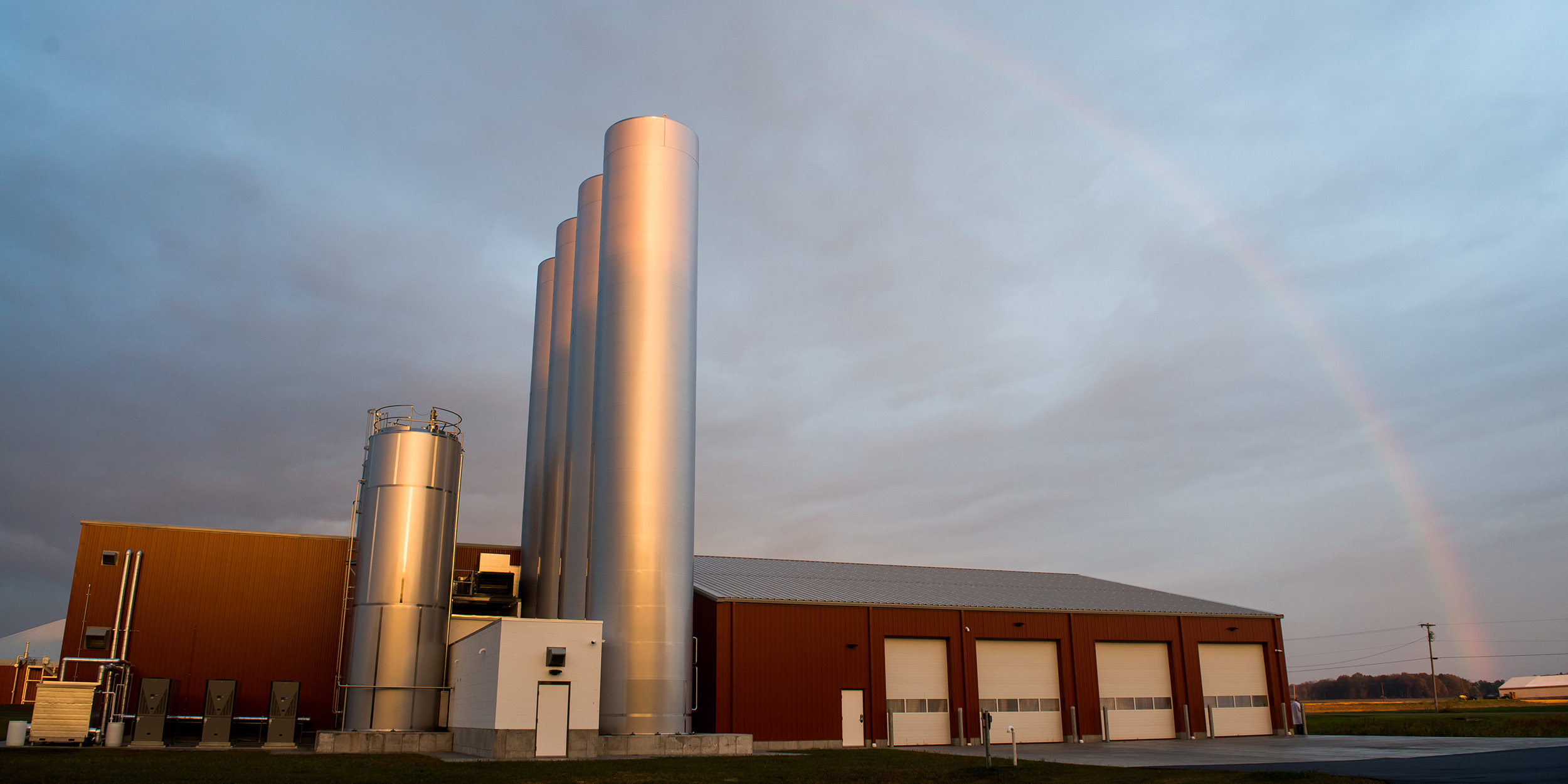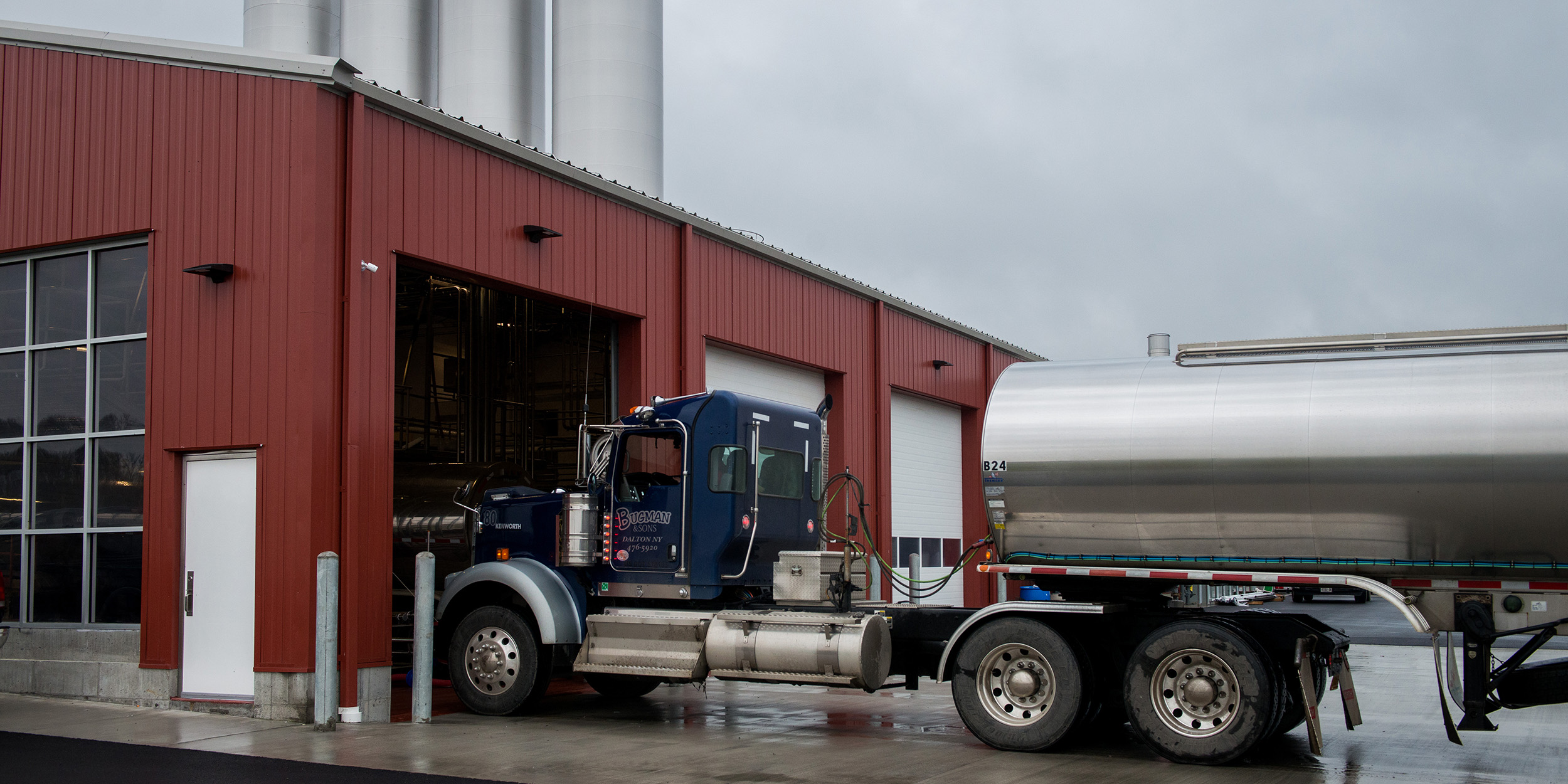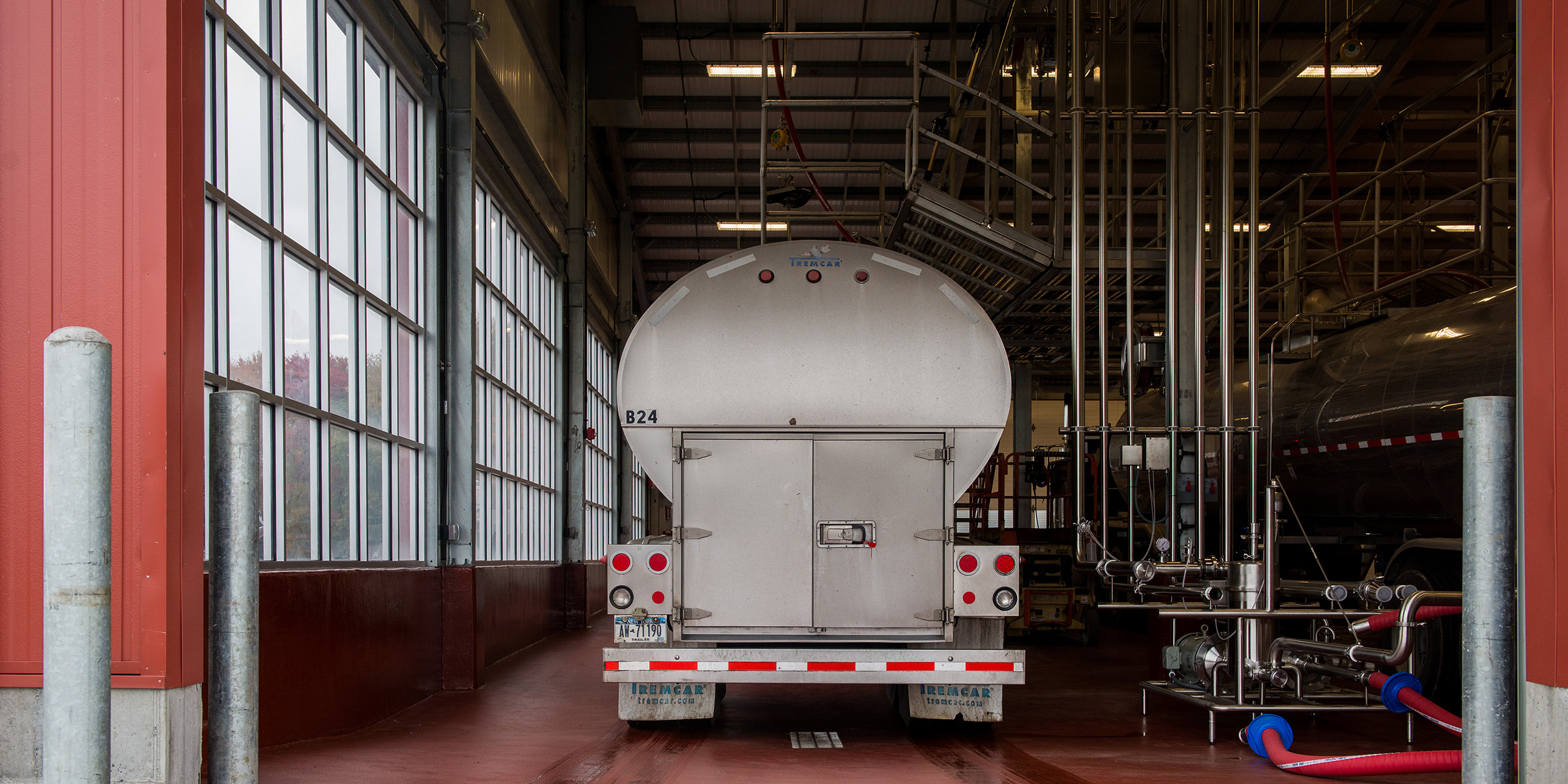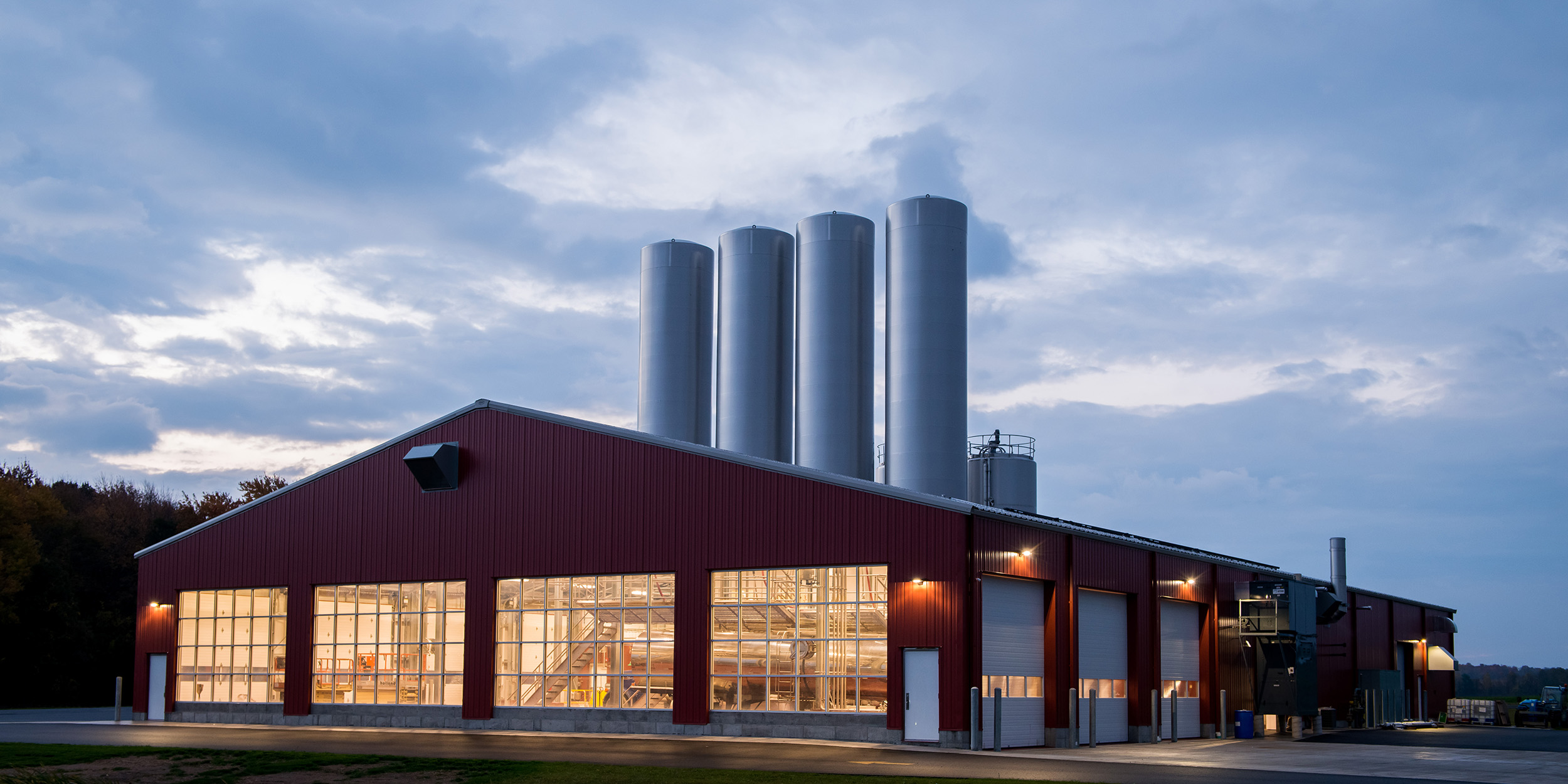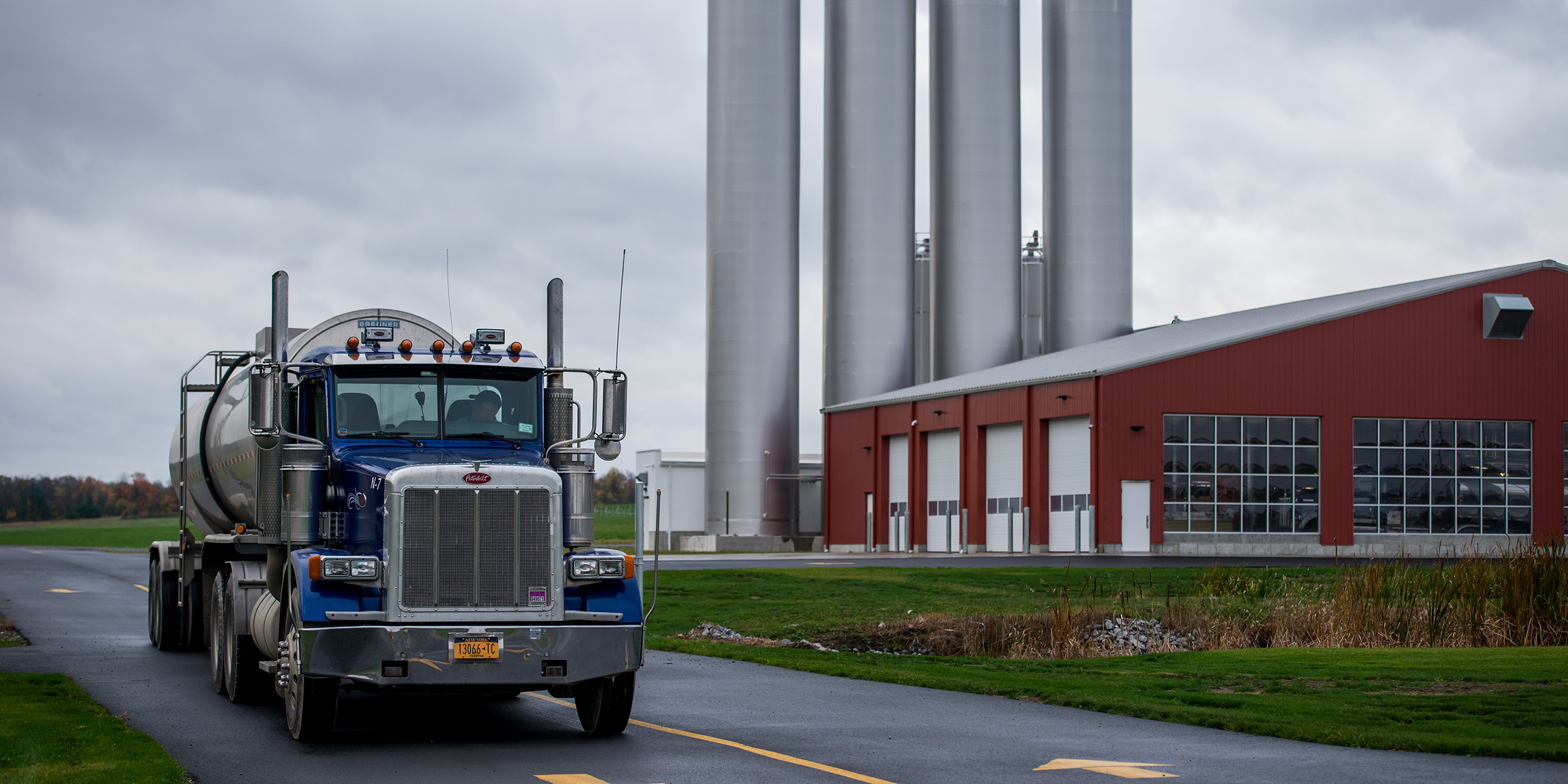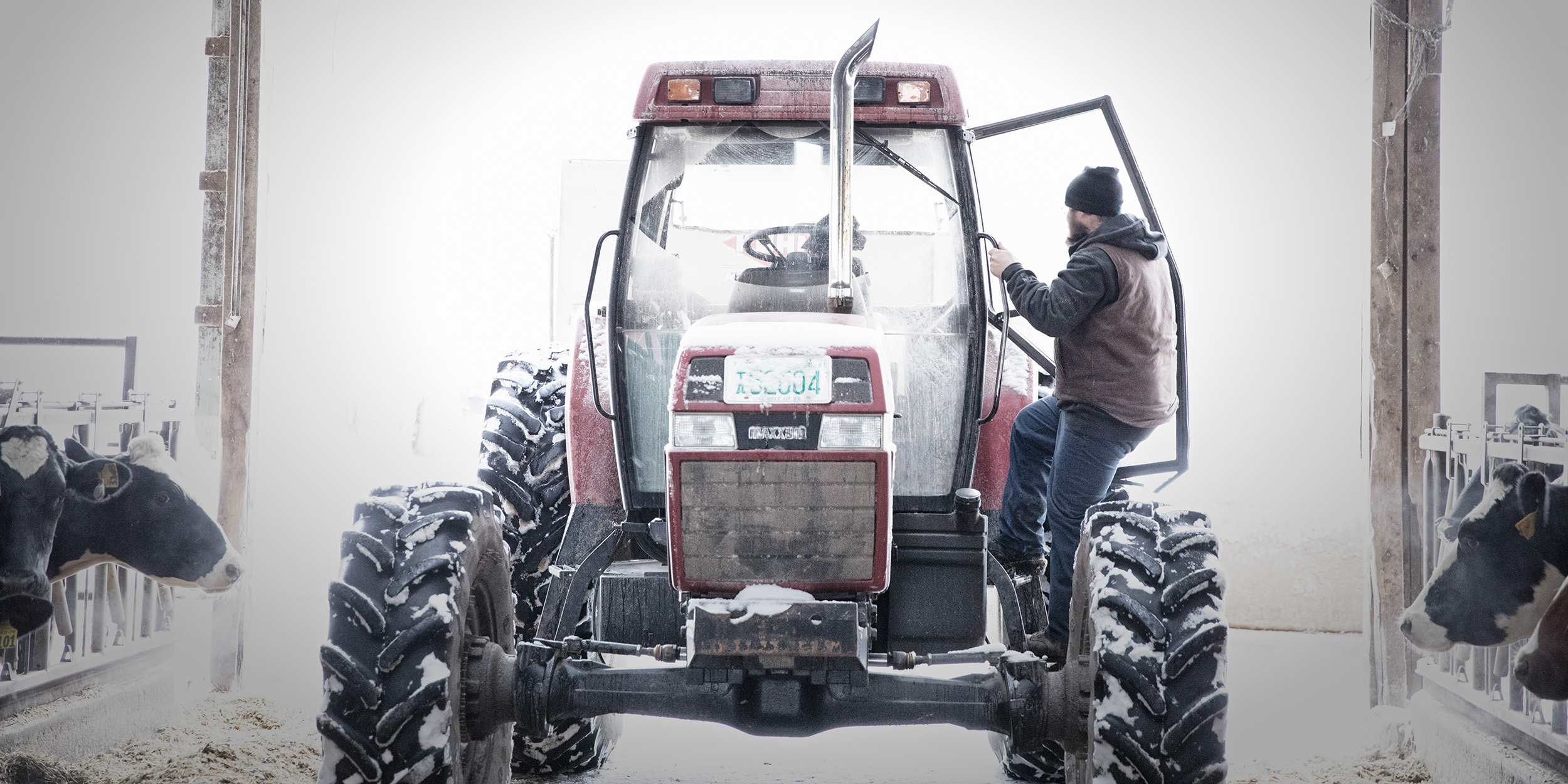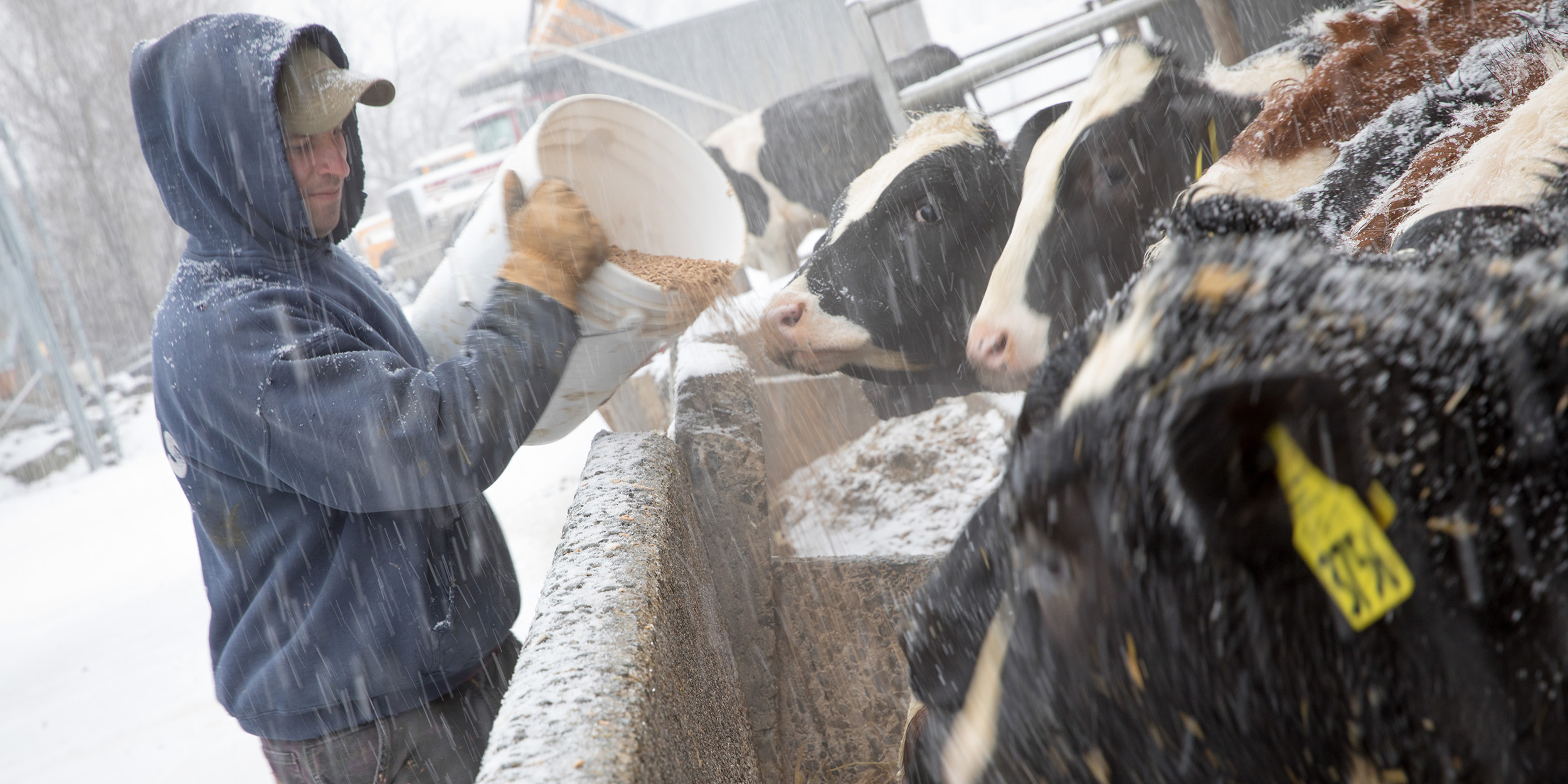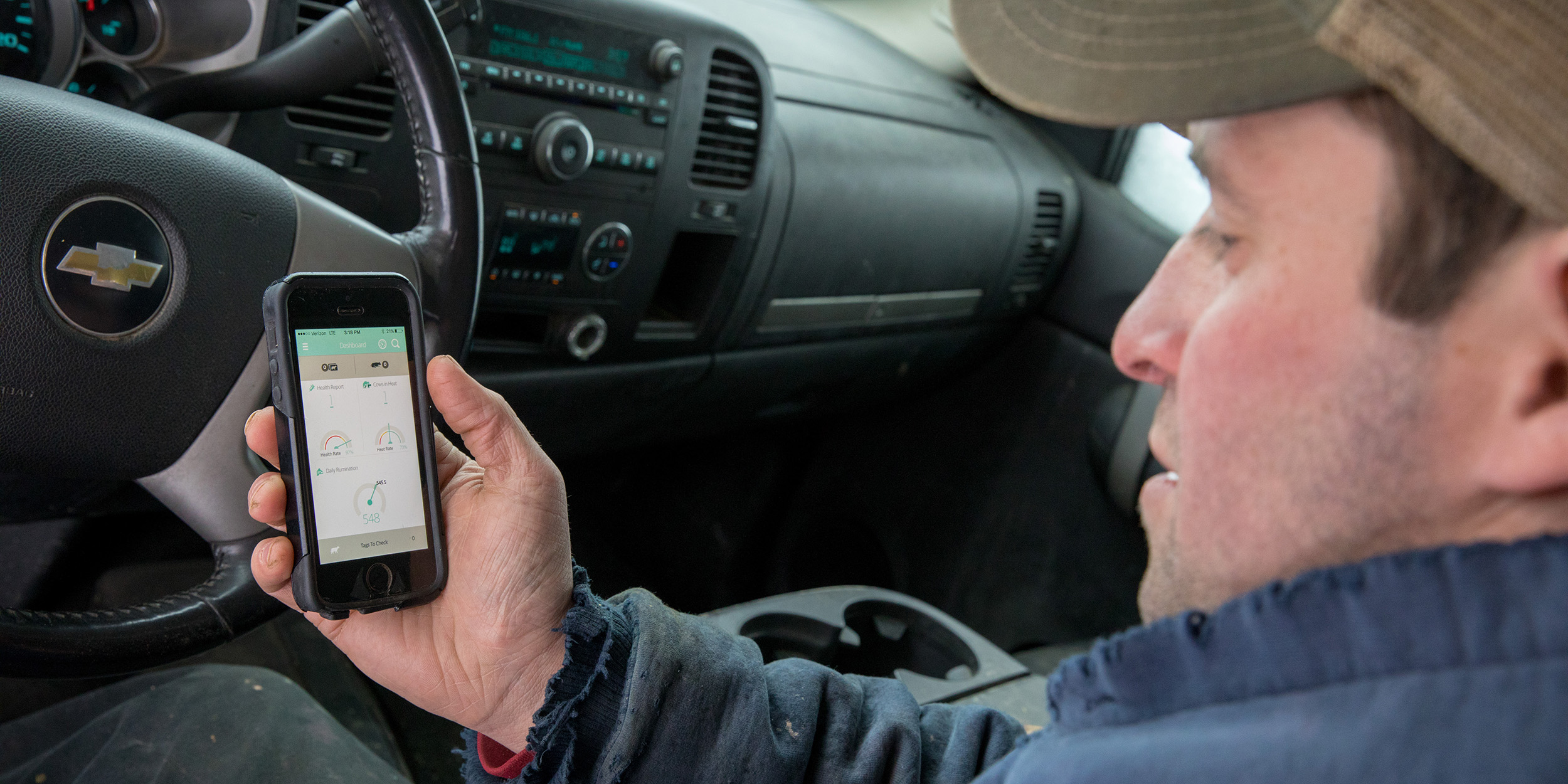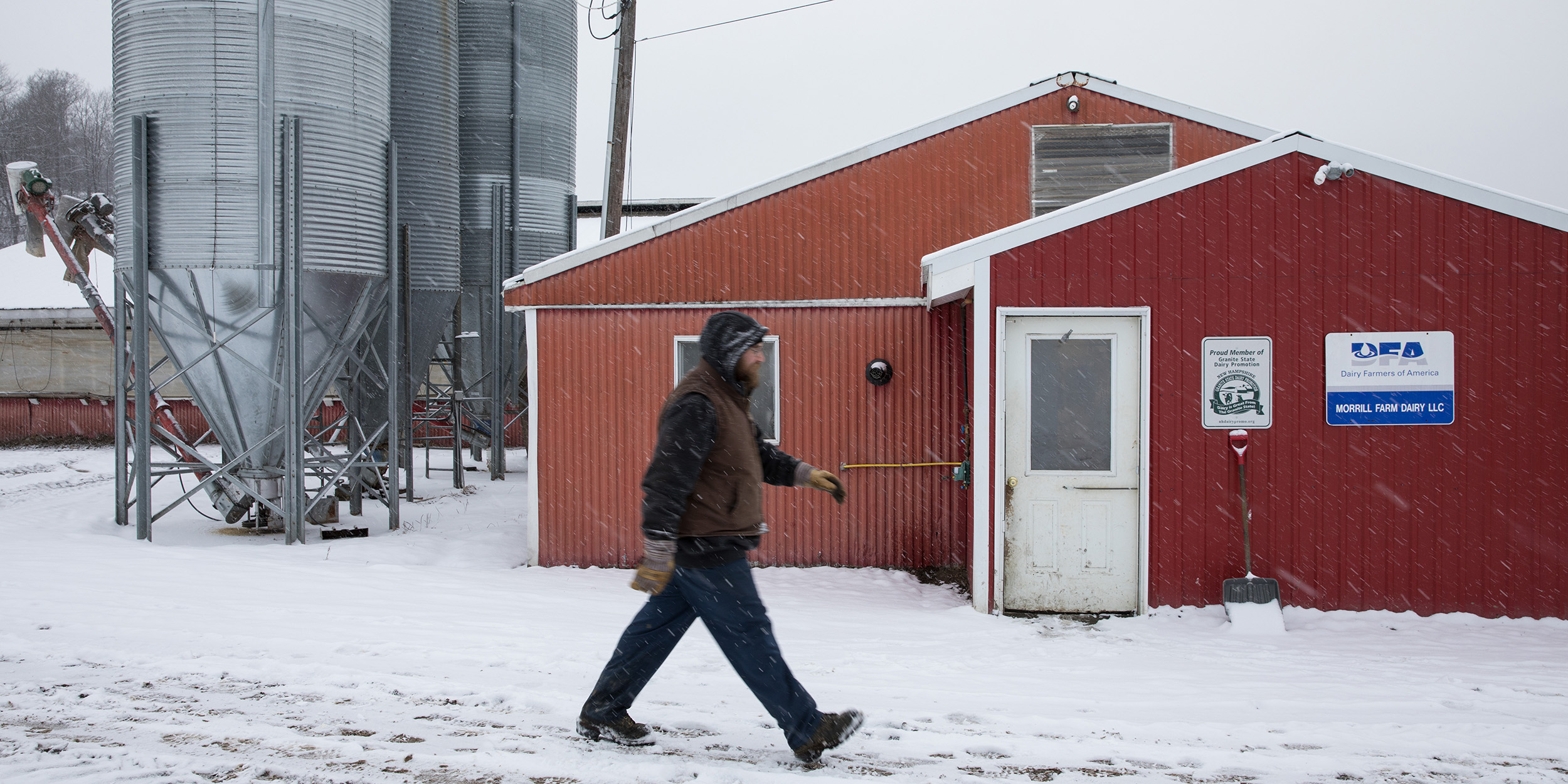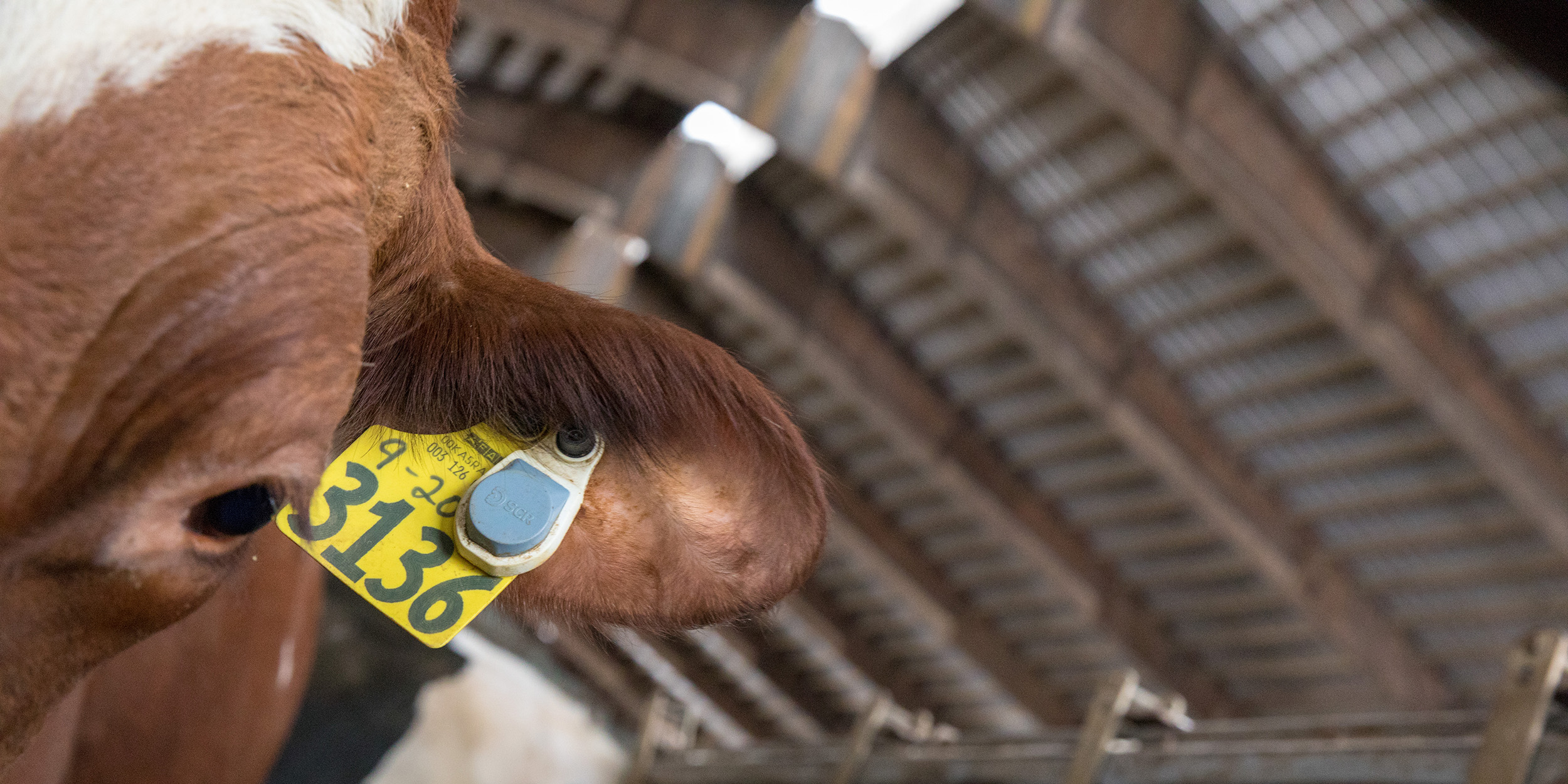A Father’s Story, A Daughter’s Legacy
/Tammy Lowery | Buckner Dairy | Fair Grove, Mo.
I first met the family from Buckner Dairy amid a cacophony of voices as a group of dairy farmers converged in Springfield, Mo., for a meeting of their dairy cooperative, Dairy Farmers of America (DFA). We met as strangers; happenstance joined us at a table where we shared lunch, stories and cold glasses of milk. Some tales were outlandish, most were funny and, I was assured all were true. They centered on farming and family. I was struck with the group’s dedication to dairying, family and storytelling.
The family’s patriarch, Charles Buckner, is a stalwart in the Missouri dairy community. One of the first stories he shared wasn’t about his family’s rich history on their operation, but about its bright future at the hands of his eldest daughter, Tammy Lowery.
Windy or calm, frigid or sweltering, and even on the rare perfect days Missouri occasionally offers up, you’ll find Tammy in the parlor, working with the cows. She’s been on the farm all her life, milking cows before she was 10 years old. She has known since she was a little girl she wanted to stay there. When she got a little older, she committed it to ink and paper: “I wrote in my high school newspaper that I was going to be a dairy farmer,” Tammy reminisced. Her dream came true in 1980, when she began managing the dairy branch of her family’s farm.
Standing in the parlor on a frigid February day, Tammy was a bit reticent to speak about herself and her work. As on every farm across the globe, work at Buckner Dairy goes on regardless of the weather, world events or visitors to the farm. Although Tammy’s work is extraordinary, to her, it’s everyday life. She takes care of her family, takes care of her cows and feeds the community.
When given the opportunity to share stories about her love for dairying, Tammy becomes downright voluble. She knows each cow as it files into the parlor, pointing out that this Holstein may shy at the camera flash, the Braunvieh back there was likely to be a little feisty and kick off the milker a time or two, and in general, the Crossbreds (a Holstein and Jersey mix) are her best milk producers. Tammy says the Crossbreds are sturdy cows, usually provide large quantities of milk with high butterfat percentages, and she and her brother, William, who manages the beef side of the operation, agree they are more economical when it comes to feed.
As Tammy expertly evaluates each cow and completes her morning work, she shares her true passion: “Teaching kids about the dairy, that’s one of my favorite things.” Tammy explains, “we have preschool to sixth-grade kids come out to learn about the farm.” William says most of the kids come through the Head Start program in Springfield, Mo., and usually, it’s the first time these kids have ever seen (or smelled) a farm.
Knowing from personal experience that an infatuation with farming can form at an early age, Tammy makes it a point to educate youngsters about life on the family farm. She teaches the kids about hard work, educates them about the dairy industry and offers the chance to form a passion like hers.
Sharing their dairy story is as much of a family tradition for members of the Buckner family as the dairy itself. “This is the oldest dairy farm in Greene County,” Charles told me. Theirs is a Century Farm that started as 60 acres in 1914 and has become a diversified operation of more than 350 acres, 300 dairy heifers, 150 beef cows and 150 dairy cows.
Charles began milking cows in 1952, and the farm is part of life for all four of his children. Two of his grandchildren even work on the farm a couple days a week. They’re the fifth generation to work and learn on Buckner Dairy, and as Tammy mentions, “there are three great-grandchildren in the family now, and who knows, they may decide they want to carry it on when they get older.” Passing farm knowledge between generations through stories and experiences is part of this dairy’s long tradition.
The milk from Buckner Dairy is picked up every other day from a family of haulers that has been transporting the Buckner’s milk for three generations. After pick-up from the 2,000-gallon milk tank on the farm, the milk journeys to the Cabool, Mo., plant where it’s added to Starbucks® coffee drinks or to the Hiland® Dairy Springfield, Mo., plant, where it’s processed as fluid milk
Providing milk for the community is a point of pride for Tammy and her family. They drink milk from their farm, and Tammy’s mother, Katherine, offered me a Starbucks Frappuccino® after inviting me in to her home.
“Teaching kids about the dairy, that’s one of my favorite things.”
Buckner Dairy is full of tough, driven women. Tammy proudly regaled me with a couple of stories about her mother, who milked cows for 58 years. Katherine milked by hand for many of those years, including while she was pregnant with her first child, Tammy. Only four hours before going into labor, Katherine was in the parlor, milking and checking the cows. Today, although she’s handed the milking off to Tammy, she still accompanies her husband and children out to the barns and fields to care for the animals.
William, namesake to the farm’s founder, his great-grandfather, and born the same day he passed, lives in the original farmhouse. Tammy’s sister, Janet, is a staple on the farm, feeding calves and helping with everyday chores. Their other sister, Sherry, lives on a farm not far away and is always available when they need another set of hands. “We’re a really tight-knit group,” Tammy says.
Charles and Katherine have 10 grandchildren, all with varying degrees of involvement in agriculture. This family is narrating its traditions into the future, teaching the next generation how to dairy and the importance of family farms.
Tammy’s dairy expertise is the result of dedication, years of hands-on experience and lessons learned from her family. As a way to transfer some of that knowledge to others in her community, Tammy participates in promotions and education for the Greene County Farm Bureau. The program promotes agriculture and educates the public about its importance.
As evidenced by Tammy’s community involvement, empowering the next generation to be an active part of the agriculture industry is a large part of her life. She was the first female officer in the Fair Grove Future Farmers of America (FFA) program, paving the way for generations to come. Her children and many of her nieces and nephews participated in the same program years later.
During the brief hiatus between morning and afternoon work, I gathered with the family around the dining table. We refreshed ourselves with Frappuccinos® likely containing milk from the very cows we’d just seen outside, looked at family photos and shared a few more family anecdotes. And with a multitude of grandchildren and great-grandchildren creating their own stories, there will be plenty more to share in the future.





